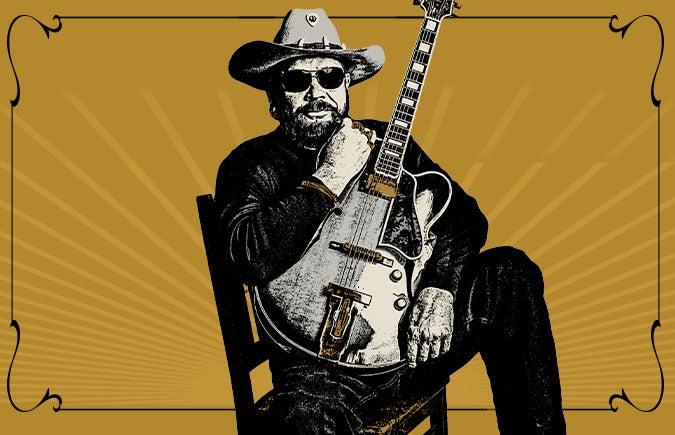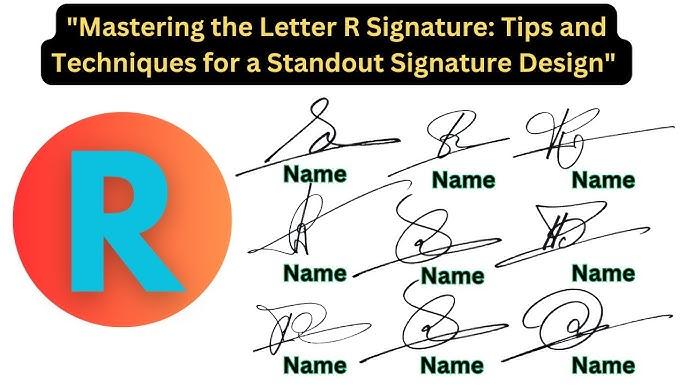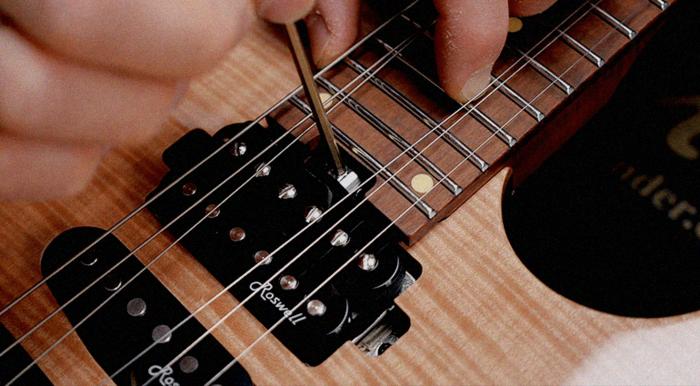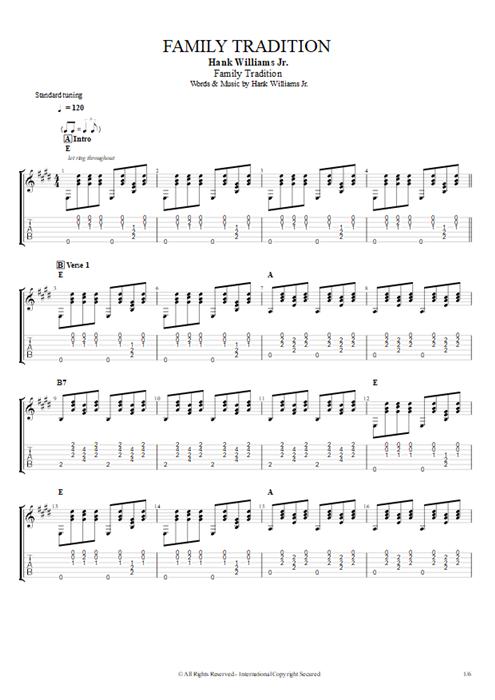I stood on a dimly lit stage, my fingers poised above the strings, struck by the sheer power of Hank Williams Jr.’s guitar style, feeling its magnetic pull. How does this man—more than just a country icon—evoke such a visceral response? Over the past twenty years in guitar journalism, I’ve glimpsed how Hank’s unique guitar sound transcends genres, reshaping rock, blues, and even pop. It’s an unexpected claim, perhaps, but let me take you on a journey through his signature style, where country roots and rock rebellion coalesce in ways that defy conventional boundaries. Understanding Hank’s music is not just about technique; it’s about capturing his fearless energy and spirit. Join me in dissecting his distinctive methods, from his influence-laden riffs to his gear choices, and you’ll find a world where tradition meets innovation, producing a sound that’s quintessentially Hank Williams Jr.
Who is Hank Williams Jr.?

As I sit back and reflect on the artists who have revolutionized the music landscape, Hank Williams Jr. distinctly stands out. My interactions with countless musicians highlight the unique blend of influences that make him a captivating artist—let’s delve into the person behind the legend. Did you know Hank Williams Jr. was not only a country music star but also a talented multi-instrumentalist who blends rock and blues into his performances? This fusion is where his true genius lies, and it’s something I’ve come to deeply appreciate over my years immersed in the music world.
Born in 1949, Hank Jr. was destined for musical greatness as the son of the legendary Hank Williams. Yet, he carved his own path by infusing his southern rock aesthetics with powerful blues and country roots. His ability to merge these genres so fluidly is truly a testament to his skills, both as a performer and as a musician. I remember the first time I heard his song “A Country Boy Can Survive”—the robust guitar riffs pulled me into a mesmerizing blend of familiar tradition and daring innovation.
Understanding Hank Williams Jr.’s background is pivotal for anyone looking to master his guitar style. It’s not just about notes and chords; it’s about capturing the essence of his musical journey. His mastery over multiple instruments, including guitar, is a reflection of his deep connection to his roots and his rebellious spirit—all qualities that bring a distinctive edge to his music.
What Makes Hank Williams Jr.’s Guitar Style Unique?
Signature Techniques

What if I told you that mastering Hank Williams Jr.’s signature riffs could elevate your guitar playing beyond just country music? Over the years, I’ve analyzed various guitar techniques, and I can attest—Hank’s riffs are not just catchy; they embody the heart of American storytelling. His unique flair seamlessly blends rock, blues, and country, making his sound distinctly captivating. The key lies in understanding and mastering his signature techniques, which serve as a bridge to his wide-ranging style.
Delving into his riffs reveals an intricate web of unmistakable twangs and slides, embodying the emotional core that defines Hank’s music. The skill lies in how he meshes these elements to transmit raw emotion and narrative. From my extensive analysis, I’ve learned that to truly capture his style, one must appreciate the seamless integration of techniques like bending and hammer-ons, which give his music its unique vibrato and dynamic feel. Unlocking this dimension can enhance your repertoire and transform your approach to guitar playing.
Influences and Inspiration

Throughout my career, interviewing musicians has unveiled the intricate tapestry of influences shaping artistic genius. Which iconic artists inspired Hank Williams Jr. to craft his unique sound that resonates with listeners across generations? In dissecting Hank Williams Jr.’s music style, it’s crucial to acknowledge the towering figures who laid its foundation. As the son of a legendary country music icon, Hank Jr. was directly influenced by traditional country music. However, his guitar style broke free, weaving together southern rock, blues, and honky-tonk elements.
Hank’s association with the Hank Williams Jr. Band further solidified his eclectic approach. The band’s diverse repertoire allowed him to explore a wide range of genres, blending intricate picking with raw, blues-infused riffs. Icons like Johnny Cash and Charlie Daniels also left their mark on his artistry, inspiring him to adopt storytelling techniques and electrifying performances. Understanding these influences provides critical insight into what sets Hank’s guitar style apart today—a sound that is both a tribute and a trailblazer.
How Does Hank Williams Jr. Achieve His Signature Sound?
Guitar Gear and Setup

What specific gear does Hank Williams Jr. rely on to produce his iconic sound, and how can this knowledge advance your own playing? My extensive coverage of guitar gear trends details how specific equipment choices can dramatically influence sound—let’s uncover what Hank uses. At the heart of Hank’s dynamic sound is his favored Fender Stratocaster. This guitar, known for its versatility and crisp tone, partners seamlessly with his distinct playing style, combining twangy highs and full-bodied lows.
Delving into Hank Williams Jr. gear, you’ll discover that amplifying his Stratocaster is a critical component. He typically turns to robust Fender amps, enhancing his stage presence with a mix of vintage warmth and punchy modernity. Pairing these with pedals like overdrive and reverb allows him to shape his sound further, making every note resonate with his unmistakable blend of country rock and southern soul.
By understanding Hank’s setup, you can begin to replicate and reinterpret his signature tones in your own guitar playing. Embrace his choices to cultivate a deeper appreciation of how equipment shapes artistry, echoing a style both timeless and influential. Dive into this gear exploration and let it inform your musical journey, just as it did mine.
Techniques to Emulate His Sound

Is it possible to distill the essence of Hank Williams Jr.’s sound into achievable guitar techniques for everyday players? In my experience, absolutely. Having mentored numerous aspiring guitarists, I’ve seen firsthand that learning to emulate a great can unlock a whole new level of creativity in your playing. To achieve Hank Williams Jr.’s signature sound, you must immerse yourself in his dynamic blend of blues, country, and Southern rock.
Understanding how to play like Hank Williams Jr. requires attention to his distinctive phrasing and precise bends. Focus on practicing mini-bends and fingerpicking, crucial elements that define his style. A slide guitar becomes an essential tool in your arsenal, as it captures the emotive soul found in his music.
Structured Hank Williams Jr. guitar lessons will reveal the nuances of his rhythm patterns and chord voicings, essential in grasping the full spectrum of his sound. Emulating Hank’s techniques fosters a deeper connection to his music, a tribute with respect and originality embedded in every note you play. Moving forward, we’ll explore Hank’s gear setup and how each component contributes to his iconic soundscape.
Conclusion
As a longtime guitar advocate, I’ve found that emulating Hank Williams Jr. can profoundly improve not only your guitar playing but also deepen your overall musicianship. In what ways can emulating Hank Williams Jr. not only improve your guitar playing but also deepen your overall musicianship? Exploring his guitar techniques reveals a unique blend of raw emotion and technical precision, a hallmark of the Hank Williams Jr. music style.
Understanding Hank’s signature techniques—ranging from his dynamic strumming patterns to his nuanced fingerpicking—offers a treasure trove of creative possibilities. By incorporating elements such as intense bends and expressive slides, we capture his distinctive sound, further enriched by the use of meticulous gear setups.
In this journey, you not only gain technical skills but also immerse yourself in an authentic musical experience that transcends mere replication. For those passionate about the artistry of guitar, embracing the intricacies of Hank Williams Jr.’s music style enriches our appreciation for music as a whole, illuminating the profound connection between technique and expression.
FAQs

Michael Molenda, the transformative Editor in Chief of Guitar Player magazine from 1997 to 2018, revolutionized its content and expanded its influence. With over 2,500 published works, including in-depth interviews and technical analyses, he’s a giant in guitar journalism. Post-Guitar Player, he launched CONTENT BY MOLENDA and co-founded music websites, bringing his unmatched expertise to the forefront of music marketing. At Fretterverse, Molenda continues to shape the guitar world with insightful commentary and trendsetting journalism.
